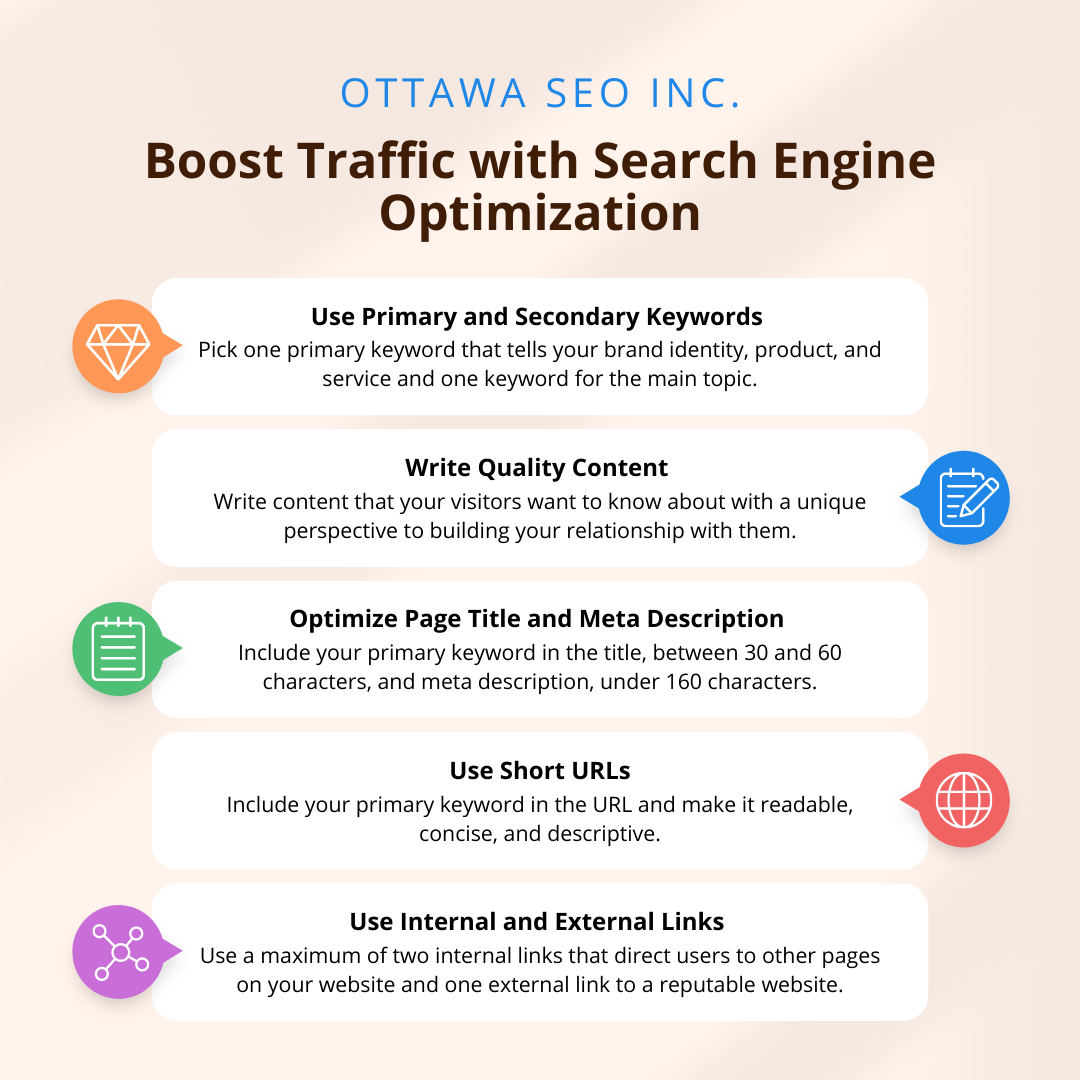Get ready to optimize your website’s structure and navigation for SEO! It’s time to get your website in shape and ensure that your rankings don’t sink due to poor navigation. Don’t worry, it’s not rocket science. With a few tips and tricks, you’ll be able to make your site more accessible and user-friendly in no time.

Get your website’s structure in shape for SEO!
If you want your website to rank higher in search engine results pages, you need to make sure that it has a clear and logical structure. This means that your site should have a hierarchy of pages that are arranged in a way that makes sense to both users and search engines. The easiest way to achieve this is to create a sitemap that outlines the structure of your site.
When designing your site’s structure, make sure that your pages are organized into categories, and that each category has a clear hierarchy. You should also ensure that your URLs are descriptive and contain keywords that are relevant to the content on the page. This will help search engines to understand the content of your pages and improve their chances of ranking higher in search results.
Finally, make sure that your site’s structure is mobile-friendly, and that it can be easily accessed on both desktop and mobile devices. This will not only improve the user experience but also help your site to rank higher in search results.
Don’t let poor navigation sink your website’s rankings!
Your site’s navigation is one of the most important factors that affect its SEO. If your site’s navigation is confusing or difficult to use, users will quickly become frustrated and leave your site. This can have a negative impact on your site’s bounce rate, which can, in turn, lead to lower rankings in search results.
To ensure that your site’s navigation is user-friendly, you should follow a few simple rules. First, make sure that your navigation is easy to find and that it is located in a prominent position on your site. You should also ensure that your navigation is consistent across all pages of your site, and that it is easy to use.
Another important thing to consider is the use of breadcrumbs. These are a simple navigation aid that can help users to understand where they are in your site’s hierarchy. They are particularly useful for larger sites that have a lot of pages and categories.
With these tips in mind, you’ll be able to optimize your site’s structure and navigation for SEO in no time. Remember, a well-structured site that is easy to navigate will not only improve your rankings in search results but also make your site more user-friendly. So what are you waiting for? Get started today!


